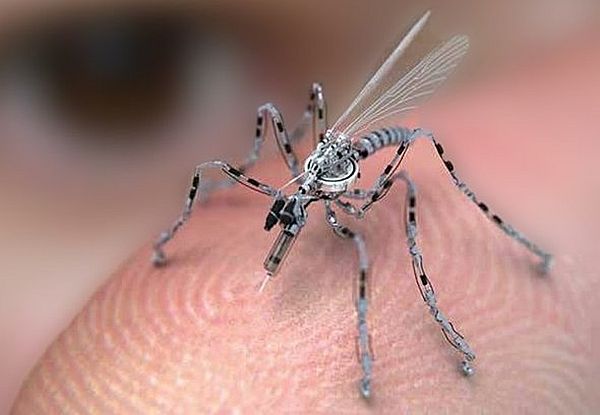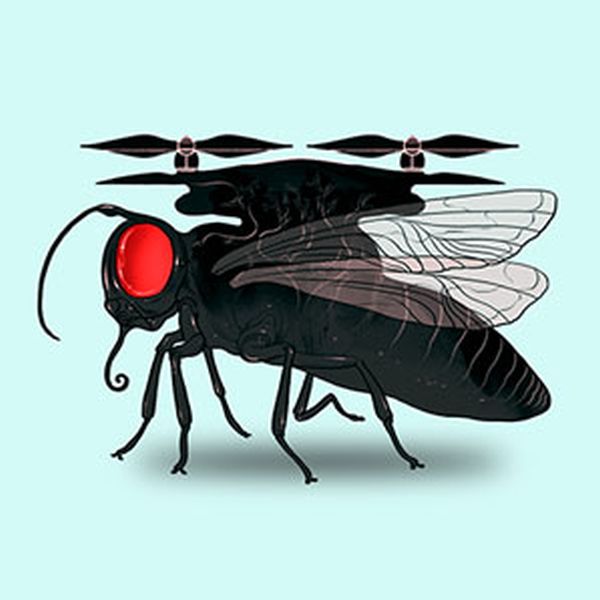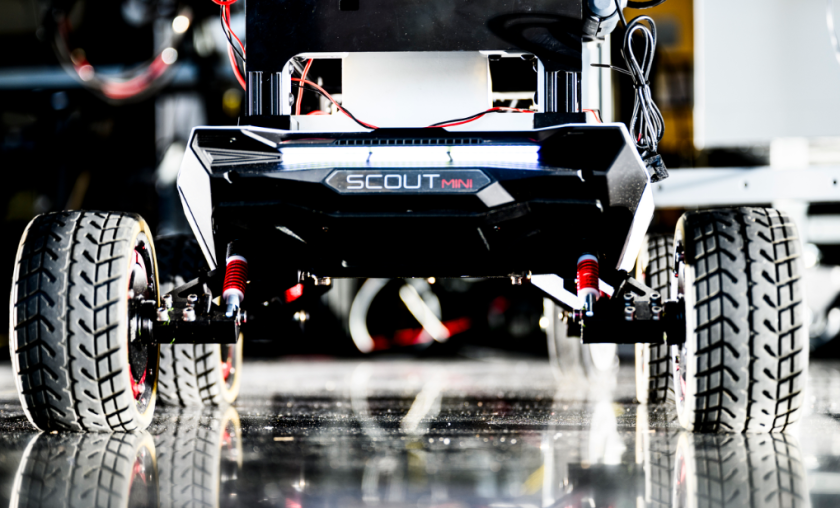Based on the vision systems of insects, researchers have created petite artificial eye for autonomous flying drones. This would make drones more practical by helping in smooth navigation, avoiding collision in restricted or cluttered areas.
So far, digital cameras were used for providing vision to the drones. But these cameras are heavy making flying difficult for tiny drones. Researchers observed that flying insects with minute eyes avoided collisions. Insects’ eyes have low spatial resolution however, they are extremely sensitive in catching changes in reflection of light as they move or due to the motion of the body in its area of view.
The new artificial eye designed at the Swiss Federal Institute of Technology is light weighing just two milligrams and capable of detecting movement three time faster than an insects, even in areas that are poorly lid or in extremely bright light.
Comparable to a sesame seed, these eyes are suitable for tiny drones weighing fifty grams or less with carrying capacity of just a few grams.
The artificial eyes consist of a lens set above three electronic photodetectors aligned in a triangular form. The triangular form helps the drone to make use of a preprogrammed algorithm that analyzes measurements from individual sensors and thus comprehending the speed and direction of the object moving.
Researchers are trying to create a configuration with numerous artificial eyes that could empower drones to see all around, effectively avoid bumps and better balance while flying, landing or taking off.
They are also trying to design a vision tape that comprises of several artificial eyes mounted on single flexible patch. The technology is going to benefit tiny robots involved in various tasks and in different environment that large manned drones may not be apt for doing, especially tasks such as surveillance, spying or in monitoring disaster areas for victims or even delivering provisions.
Image: [dronewatchdogs.com]
Source: MIT Technology Review





